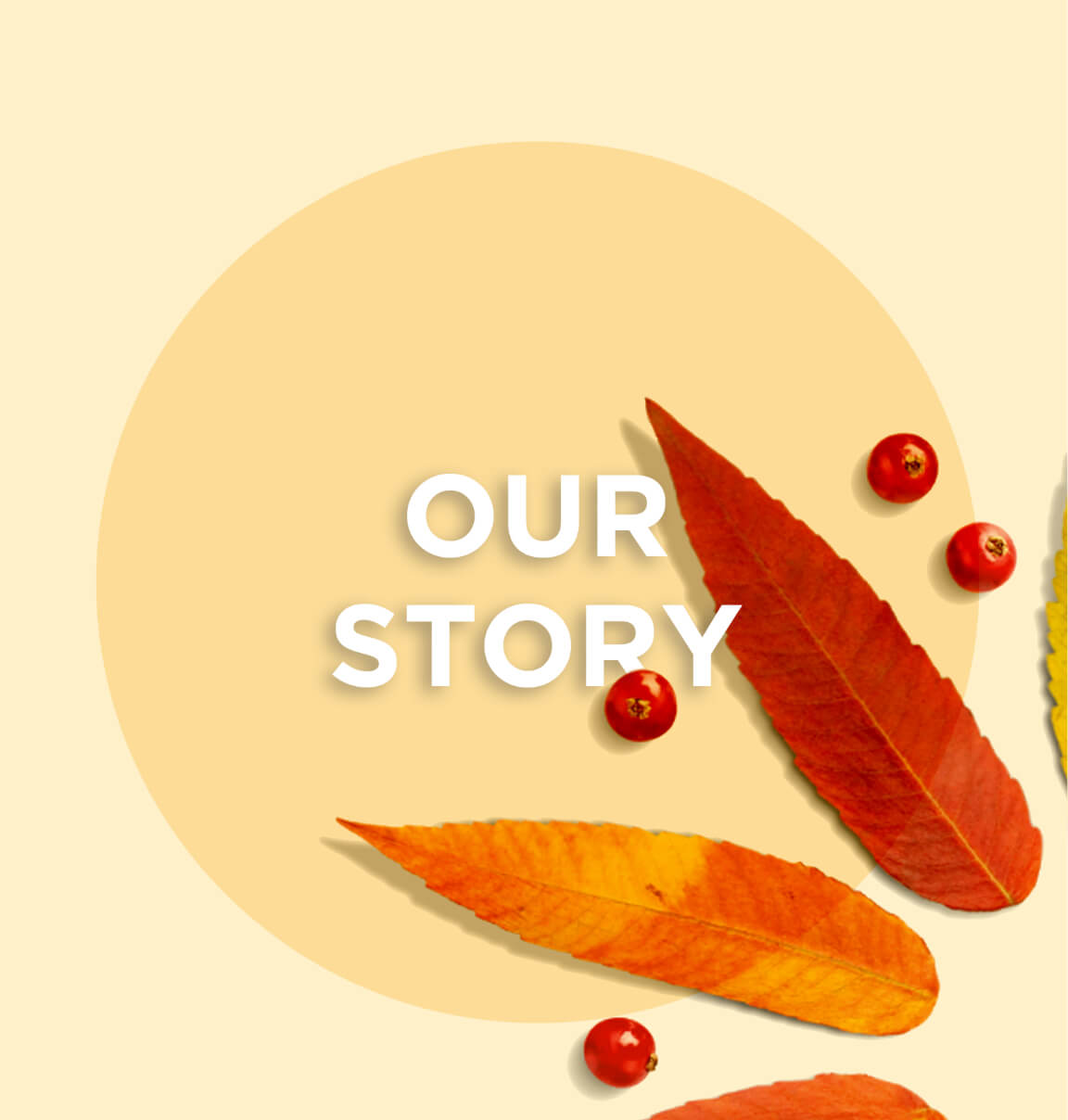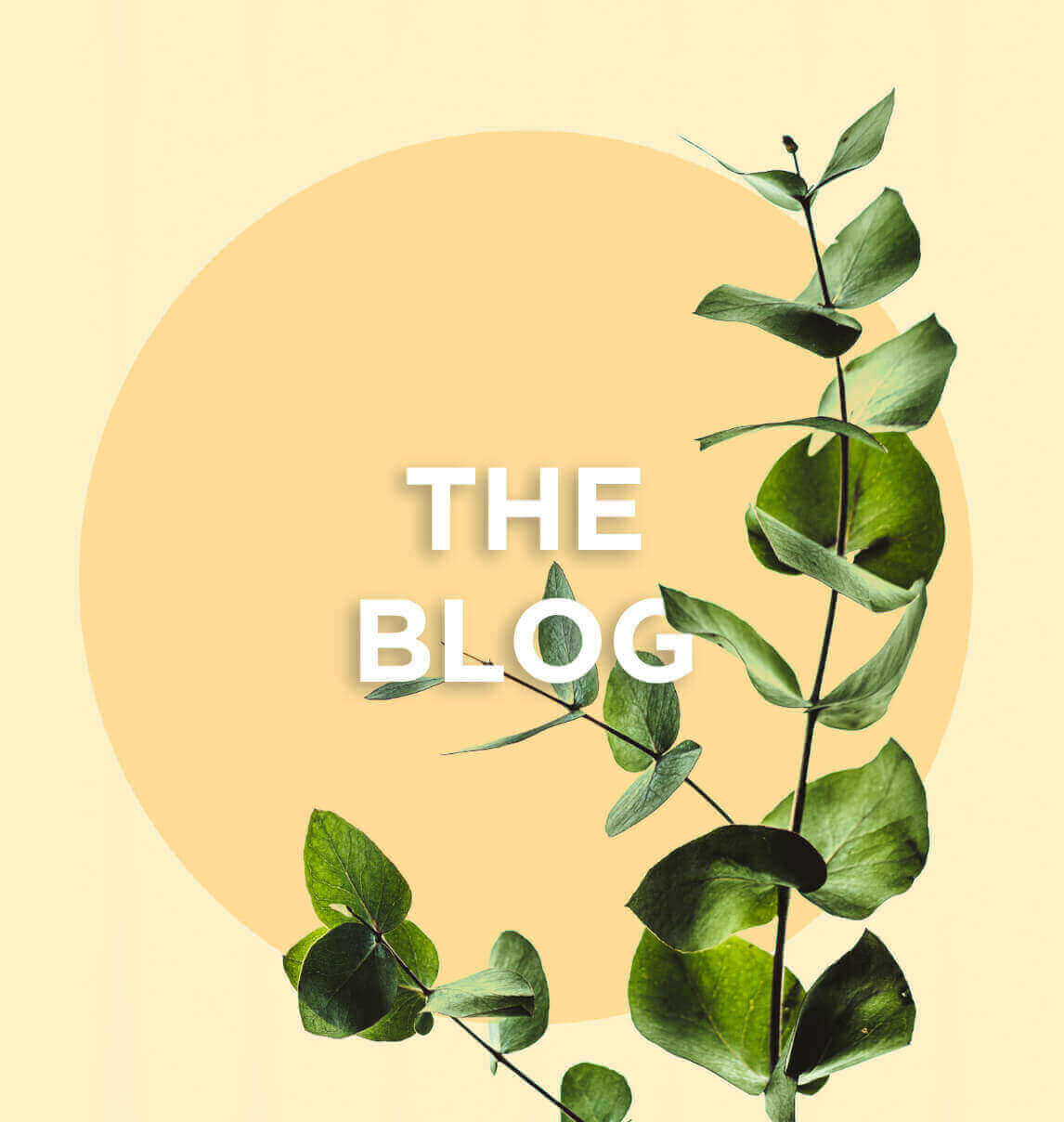In 5 BC, Hippocrates said “Let food be your medicine and medicine be your food”. To this day, this advice has not lost its validity as there is a great deal of promise in using diet as medicine.
In the spring, a body cleanse is vital. This is the ideal time to help the body prepare for the changes that the new season brings together with demands for greater energy!
There are many edible plants which contain active substances that eliminate toxins, drain, stimulate, invigorate the body and protect it from infections, etc.
In the spring, we can choose from a wide variety of vegetables such as asparagus, cauliflower, black or red radish, chard, spinach, lettuce, nettle and dandelion leaves, watercress, artichokes, carrots, beets and many more greens… as well as fruit, including kiwis, lemons, strawberries. These fruit and vegetables may be served with fish and lean meat dishes.
Leading plants:
Dandelion: to energize the body.
Since the Middle Ages, dandelion leaves have been used to promote renal elimination, relieve chronic pain, stimulate the appetite, encourage digestion and improve intestinal transit by optimizing biliary excretion. Delicious in salads and soups, there is a plethora of recipes for cooking dandelion. It can also be used to replace spinach, making a dish more savory. Dandelion leaves are harvested between mid-April and mid-May, and must be picked before the flower buds appear, and the leaves become increasingly bitter (wash them well to remove pollutants).
Carrot: to protect tissue.
A precursor to vitamin A and rich in beta-carotene, carrot boasts antioxidant action and protects the body and skin from sun rays, which give it its orange color. It may be eaten raw or cooked, as juice, mashed, in soup or any other manner.
Radish: to cleanse and restore balance to the body.
Both black and red radishes have the same properties but to different degrees.
Red radish: This is often eaten at the beginning of a meal for its appetite-enhancing properties. It contains mineral salts (potassium that promotes renal elimination, calcium, magnesium, sulfur) as well as trace elements (iron, copper,zinc, fluoride, selenium), which are essential for the body to function properly.
Black radish: stronger in taste, this variety offers beneficial action on the liver. It stimulates toxin elimination (detoxifying action), and promotes biliary secretion and ejection (draining and digestive). It protects bronchial tubes from infection and limits their congestion, thanks to sulfur. It is also diuretic.
It may be eaten raw, consumed as juice, or cut into slices and sprinkled with sugar after 24-hour maceration.
Both types of radish have antioxidant properties and contain amino acids, as well as vitamins C and B. It is best to eat these roots raw as cooking them can destroy their vitamin C content.
Artichoke: to cleanse and protect the body.
Like black radish, artichoke leaves are widely recognized for their diuretic, cholagogue (promotes the discharge of bile), choleretic (increases bile secretion) and antioxidant properties. Artichoke protects the liver cells.
The leaves are not the part of the plant that we eat, but the tender flower-head. This is called the artichoke heart and, like green tea, is very rich in polyphenols with antioxidant, anti-inflammatory and tissue protective action. A source of fibers and insulin, artichoke heart has properties that are similar to chicory seeds. It is recommended for weight loss diets and to help eliminate cholesterol in the intestinal tract and bowels.
There are also other plants that help us stay healthy:
Asparagus has diuretic and antioxidant properties, and is low in calories, yet rich in vitamins (B9, K, B1, B2, B3, B6, A and C), minerals (calcium) and fibers to ensure the proper functioning of the intestines. It is best to avoid eating asparagus when taking anticoagulants (presence of vitamin K).
Chard or Swiss Chard,traditionally consumed in Turkey, acts on diabetes and its side effects on the liver, kidneys and heart. It triggers a rise in insulin. With powerful antioxidant properties (particularly red chard) and acethylcholinesterase inhibiting action, chard may be able to prevent the onset of neurodegenerative diseases, as demonstrated by recent studies. It is remarkably rich in vitamins (A, E, K, B2, B6 and C), minerals (magnesium, iron, manganese, calcium) and trace elements (copper…).
Similar to asparagus, it is recommended to avoid eating chard when taking anticoagulants or in the case of kidney stones (rich in calcium oxalate).
This list is non exhaustive. There are many more leafy vegetables, roots and fruit with a wide range of beneficial properties that allow us to maintain and improve our health. Whether used to replace or reinforce the action of our diets, it is important to create our own “natural medicine cabinet” in the spring with these plants transformed into herbal tea, concentrated in vials or dietary supplement capsules…





